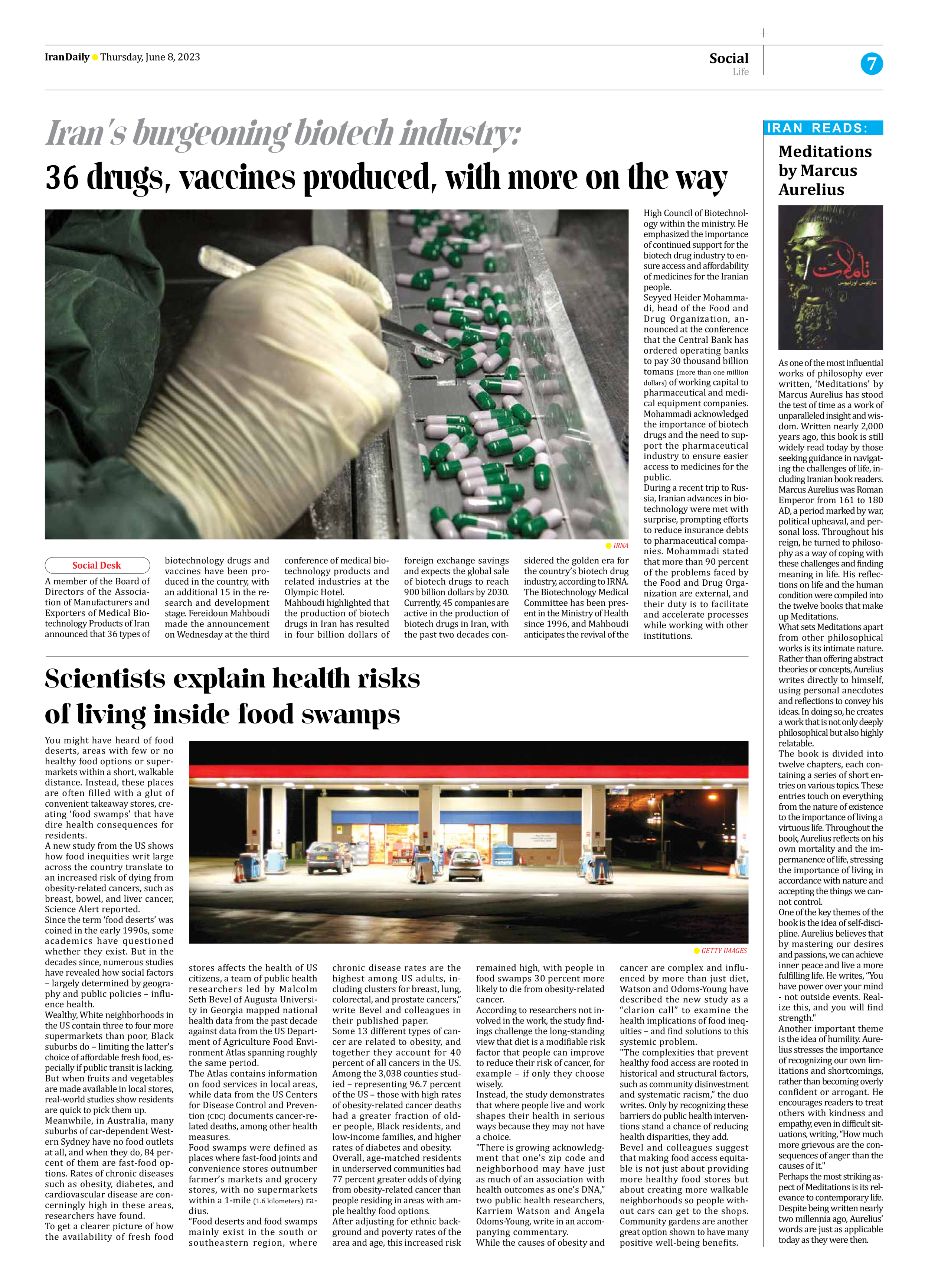
Scientists explain health risks of living inside food swamps
You might have heard of food deserts, areas with few or no healthy food options or supermarkets within a short, walkable distance. Instead, these places are often filled with a glut of convenient takeaway stores, creating ‘food swamps’ that have dire health consequences for residents.
A new study from the US shows how food inequities writ large across the country translate to an increased risk of dying from obesity-related cancers, such as breast, bowel, and liver cancer, Science Alert reported.
Since the term ‘food deserts’ was coined in the early 1990s, some academics have questioned whether they exist. But in the decades since, numerous studies have revealed how social factors – largely determined by geography and public policies – influence health.
Wealthy, White neighborhoods in the US contain three to four more supermarkets than poor, Black suburbs do – limiting the latter’s choice of affordable fresh food, especially if public transit is lacking. But when fruits and vegetables are made available in local stores, real-world studies show residents are quick to pick them up.
Meanwhile, in Australia, many suburbs of car-dependent Western Sydney have no food outlets at all, and when they do, 84 percent of them are fast-food options. Rates of chronic diseases such as obesity, diabetes, and cardiovascular disease are concerningly high in these areas, researchers have found.
To get a clearer picture of how the availability of fresh food stores affects the health of US citizens, a team of public health researchers led by Malcolm Seth Bevel of Augusta University in Georgia mapped national health data from the past decade against data from the US Department of Agriculture Food Environment Atlas spanning roughly the same period.
The Atlas contains information on food services in local areas, while data from the US Centers for Disease Control and Prevention (CDC) documents cancer-related deaths, among other health measures.
Food swamps were defined as places where fast-food joints and convenience stores outnumber farmer’s markets and grocery stores, with no supermarkets within a 1-mile (1.6 kilometers) radius.
“Food deserts and food swamps mainly exist in the south or southeastern region, where chronic disease rates are the highest among US adults, including clusters for breast, lung, colorectal, and prostate cancers,” write Bevel and colleagues in their published paper.
Some 13 different types of cancer are related to obesity, and together they account for 40 percent of all cancers in the US.
Among the 3,038 counties studied – representing 96.7 percent of the US – those with high rates of obesity-related cancer deaths had a greater fraction of older people, Black residents, and low-income families, and higher rates of diabetes and obesity.
Overall, age-matched residents in underserved communities had 77 percent greater odds of dying from obesity-related cancer than people residing in areas with ample healthy food options.
After adjusting for ethnic background and poverty rates of the area and age, this increased risk remained high, with people in food swamps 30 percent more likely to die from obesity-related cancer.
According to researchers not involved in the work, the study findings challenge the long-standing view that diet is a modifiable risk factor that people can improve to reduce their risk of cancer, for example – if only they choose wisely.
Instead, the study demonstrates that where people live and work shapes their health in serious ways because they may not have a choice.
"There is growing acknowledgment that one’s zip code and neighborhood may have just as much of an association with health outcomes as one’s DNA,” two public health researchers, Karriem Watson and Angela Odoms-Young, write in an accompanying commentary.
While the causes of obesity and cancer are complex and influenced by more than just diet, Watson and Odoms-Young have described the new study as a “clarion call” to examine the health implications of food inequities – and find solutions to this systemic problem.
"The complexities that prevent healthy food access are rooted in historical and structural factors, such as community disinvestment and systematic racism,” the duo writes. Only by recognizing these barriers do public health interventions stand a chance of reducing health disparities, they add.
Bevel and colleagues suggest that making food access equitable is not just about providing more healthy food stores but about creating more walkable neighborhoods so people without cars can get to the shops. Community gardens are another great option shown to have many positive well-being benefits.







